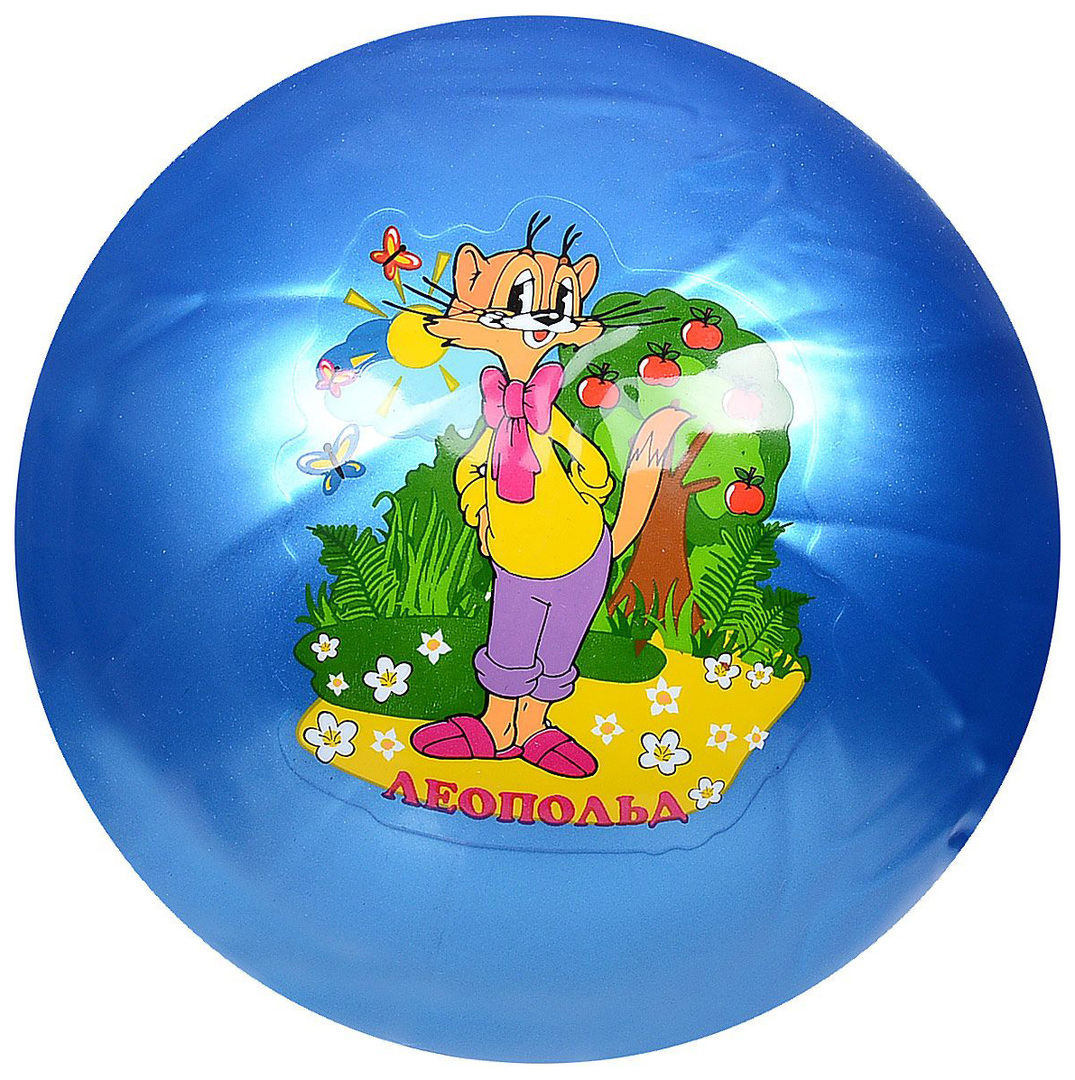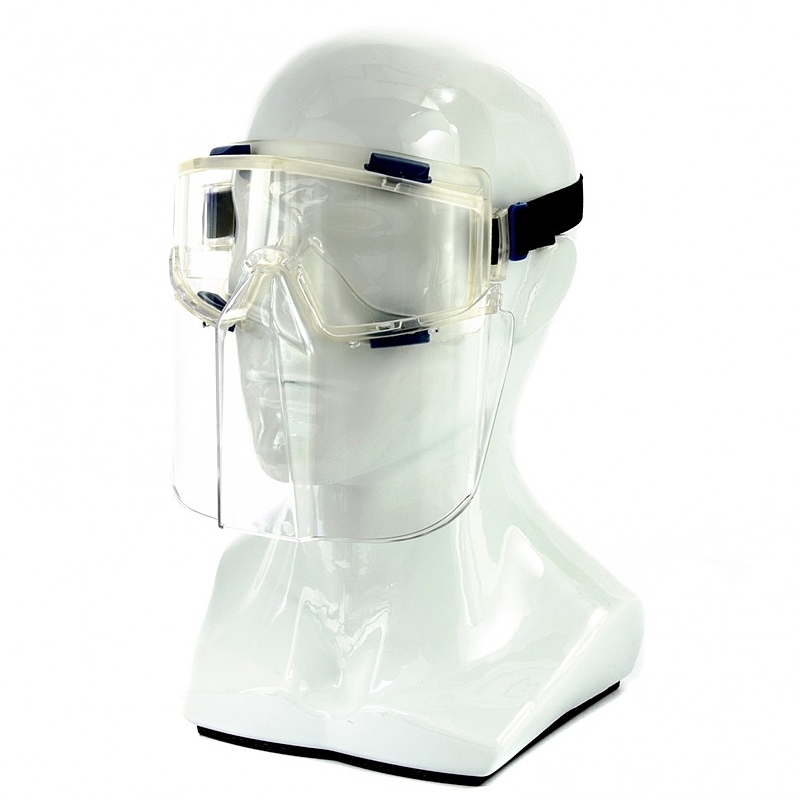
- We make the scheme of the baubles with the inscription
- What is a broomstick generator with names?
- Types of nodules
- Basic weaving techniques
- Shamrock with a name
- We make a fastener
- Weaving braids
Many young girls in their spare time are engaged in the manufacture of stylish and original accessories, using beads, beads, silicone rubber bands. But there is another very popular way of creating cute knickknacks - braiding the baubles.
Among those who do this, there is an opinion that if you know how to weave braces with names and mastered this technique in perfection, then you have already reached the pinnacle of mastery. However, in fact, it's not so difficult to do them, as it may seem from the very beginning. And in this you will now be convinced.
to the contents ↑Drawing a scheme of baubles with the inscription
For the first time handmade bracelets, also called brooms, appeared in the hippy environment. However, today, color jewelry on hand is almost every modern girl. Bracelets with names are especially popular.
You can make baubles with names from beads, but you can use embroidery threads for these purposes, which are called mulina. The process of manufacturing such a product requires perseverance and time, because these ropes are quite thin, and the nodules on the bracelet must be small.
Brooms with names of threads weave according to the previously drawn diagram. To do this, take the following:
- Pencil.
- Leaf in a box.
So, for the simplest patterning of the baubles with the inscription do the following:
- We paint the cells that correspond to the letters of the name, starting from the central part of the sheet. One cell is one thread, so maybe it makes sense for letters to be larger, for each element to lay 2-3 strings.
- Now we calculate the free field so that our inscription is in the center.
- Count the number of cells horizontally. On average, one centimeter of the bracelet goes five rows. Divide the number of cells by 5 - this is the length of our name.
- Next, you should measure your wrist. Subtract the length of the inscription and divide the result by two.
- Apply these values to the diagram.
Important! In the same way, instead of the name, you can make any desired inscription. The main thing is to calculate the right free field, so that the word is an intermediary. You can use different fonts and styles of writing letters.
to the contents ↑What is a broomstick generator with names?
Those who want to make a name with a name but do not like to make blueprints, you can find on the Internet a special generator with names. The principle of its work is that you enter the desired name in a special field, select the desired font, and the system automatically gives you a scheme for braiding a bracelet from a floss.
You can also select a font that you want to weave letters. It remains only to print the resulting drawing. However, to weave an accessory not with a name, but with some other word, you still have to return to drawing the scheme. But here you can use the benefits of the Internet - you can create a drawing using a special application, and not on a sheet in the cage.
to contents ↑Types of nodules
There are three variants of nodules for bracelets from a moulinet:
- Straight right - the left thread is laid over the tightly stretched right rope and tied.
- Straight left - put the right string on top of a tightly tensioned left thread and tie it.
- The corner - knot is tied as on the right, but the main thread is passed under the tightened right.
Basic weaving methods
Weave bracelets from threads with a name by the method of tying knots of thread. These nodules can alternate with the use of decorative elements( bugles, beads) Weaving threads are conventionally divided into the following types:
- Nodal - which form the basis of the bracelet.
- Workers - intertwined with the main and forming into nodules.
There are several options for weaving knots:
- Straight weave - the working thread is placed to the left or right of the knotted thread.
- Spit - working threads are crossed in the form of a pigtail.
- A braid from an even number of threads - two strands are centered from right to left and from left to right.
- Pigtail of 5 threads or anklet - the left thread is moved to the center, then the right one to the middle the required number of times.
- Mosaic or oblique weave - even working threads form knots with each odd string in a forward and reverse order, the direction can be from right to left, and vice versa.
- Weave braids - the knots are made on an even number of threads from the edge to the center with a symmetrical direction of weaving - on the right the knots go to the left, and to the left - to the right.
- Bracelet of friendship - the coil of threads is tied with a working thread and tightened with a loop.
- Macrame - the two outer threads are tied over the central one.
Plait a bracelet named
To make a name with a name, you can draw a diagram yourself, but you can use the generator as mentioned above. To weave this bright accessory, only the technology of direct weaving is used.
Before you get started, you need to prepare the following:
- Mulino two colors.
- Diagram.
- Scotch.
- Scissors.
We perform the following work:
- Take 8 threads of the same color and 5 threads of the other. Lay them on the table 3 + 8 + 2, while the first thread should be three times longer than all the others.
- Tie all the yarns in a large knot, attach it to the table using scotch tape.
- Nodules make a long thread, passing down. Tighten the weave tightly - so that the letters look beautiful.
- Go back upstairs with the same background thread, making the nodules to the right. Repeat the nodules in the desired number of rows.
- Proceed to the letters. For example, the printed letter A. Working thread make 3 nodules to the left, change the letter color of the letter and make the knot to the right the fourth thread, and to the left - the node with the second thread.
- From bottom to top 8 knots to the right, 7 to the left, again 4 to the right and 3 to the left.
- From top to bottom, make 3 and 7 nodes to the right.
- Then, from the bottom to the top, thread the work thread so that 1-3 and 11, 12 knots to the right, and 4-10 to the left turn out.
- Make two passes in the background color and continue to weave the following letters according to the scheme.
We make the fastener
Often, such fasteners do not do these fastenings - they simply tie the thread with a movable knot that is tightened and stretched. However, for those who want to make an original button-fastener, there is an easy way of weaving loops:
- Make a loop of the desired size from the filaments folded in half.
- Bend the loops from the middle with the nets of the circuit.
- With a thread from the other side of your bracelet, make the same nodules in the opposite direction.
- When the loop is ready, you can begin to weave braces with names.
Weaving tricks
Decorations from bright threads always attract attention. Especially if it's a bracelet with names. But in order to produce this accessory in a qualitative way, you need to understand some tricks:
- . In order to prevent twisting, you can do two knots with each working thread.
- It is desirable to work with good quality threads, otherwise - weaving can be uneven.
- Strongly narrow accessories can be stripped.
- The floss must be the same thickness and texture.
- In order for the bracelet to be even, the nodules should be tightened periodically.
- If the product is too hard due to tightened knots, the finished baubles can be washed using an air conditioner.
If you like hippy-style decorations, then a multi-colored bracelet with a name should definitely be in your arsenal. And even better to master yourself all the subtleties of how to weave braces with names. Among other things, this is a very fascinating process, which distracts from problems and trains the brain, because the decoration turns out to be beautiful and smooth, it is necessary to draw a correct scheme of weaving and follow it rigorously.


